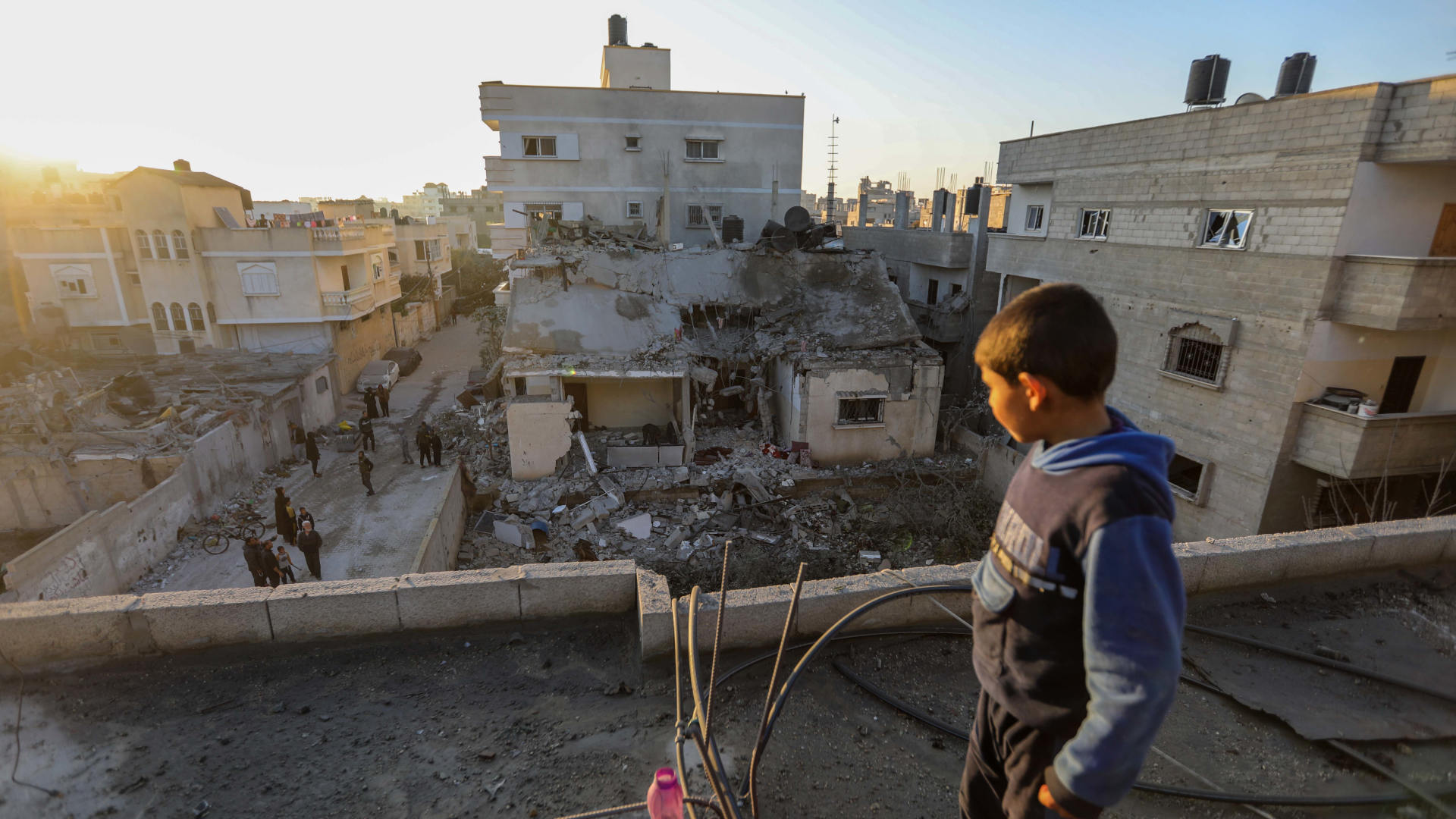Recent satellite imagery has provided a stark view of the destruction across the Gaza Strip, highlighting the severe impact of ongoing conflict on the region’s infrastructure and communities. The images reveal flattened buildings, damaged roads, and widespread destruction that has left residents grappling with loss and uncertainty. This data offers a critical perspective on the humanitarian situation and the scale of devastation that is affecting thousands of families.
The extent of damage seen from the sky
Satellites have been a vital resource for evaluating the effects of warfare in areas where direct access is restricted. In Gaza, these images display whole communities turned into debris, with residences, educational institutions, and healthcare centers heavily damaged or demolished. The detailed images supply unmistakable proof of the physical devastation that has taken place, illustrating the magnitude of the crisis in ways that traditional journalism cannot fully convey.
El perjuicio no se limita a las zonas residenciales. Las carreteras, puentes y demás infraestructura han sufrido daños, obstaculizando la entrega de ayuda y complicando los esfuerzos para proporcionar servicios esenciales a quienes lo necesitan. Los servicios públicos, como los sistemas de electricidad y agua, también han sido afectados, agravando aún más los retos humanitarios que enfrentan las comunidades locales. Estos registros visuales resaltan la enorme dificultad de reconstruir y restaurar la normalidad para la población de Gaza.
Humanitarian consequences of widespread damage
El daño mostrado por las imágenes satelitales no es solo una señal visual; refleja una grave crisis humanitaria. Miles de familias se han visto obligadas a abandonar sus hogares, buscando cobijo en alojamientos temporales o con familiares. El acceso a alimentos, agua potable y atención médica es insuficiente, y el impacto psicológico de la devastación en los habitantes, especialmente en los niños, es profundo.
Hospitals and clinics that have sustained damage are struggling to provide care for the injured and those with ongoing medical needs. International aid agencies are working to deliver relief, but the damage to infrastructure, combined with security and access challenges, slows the distribution of critical resources. The images provide tangible evidence to the international community of the urgent need for humanitarian assistance and coordinated relief efforts.
Images from satellites as a method for responsibility and rebuilding
More than just capturing the immediate destruction, satellite images hold significant importance for future planning, holding parties responsible, and rebuilding efforts. By offering unbiased visual documentation, these images assist in pinpointing areas requiring immediate action, directing rebuilding projects, and tracking the advancement of reconstruction plans over the long term. They are also useful as proof in accountability debates, enabling organizations and governments to evaluate the extent of damage and strategize for compensation or the distribution of international support.
Reconstructing Gaza demands significant resources, meticulous planning, and global cooperation. Satellite information can guide choices on where to prioritize rebuilding, which infrastructure needs immediate attention, and how to organize initiatives to reinstate essential services. The images additionally emphasize the determination of local populations, many of whom persist in living under challenging circumstances while exploring methods to recuperate and reconstruct their lives.
The damage revealed by satellite images is a reminder of the ongoing conflict’s human cost and the broader geopolitical challenges in the region. Gaza has long faced cycles of violence that have repeatedly disrupted lives, destroyed infrastructure, and left communities vulnerable. Each episode of conflict leaves lasting impacts, not only on physical structures but also on the social fabric, economy, and overall stability of the region.
International monitors and relief agencies persist in emphasizing the necessity of tackling both urgent needs and sustainable solutions. Avoiding further intensification, delivering vital assistance, and aiding in rebuilding are essential to alleviating the persistent human distress. Satellite images are instrumental in these endeavors, providing accurate and current data to inform relief activities and policy choices.
Restoration and reconstruction work
The images taken from satellites of Gaza highlight the pressing requirement for joint humanitarian and rebuilding initiatives. Although the extent of the destruction is overwhelming, these visuals also prompt governments, NGOs, and global organizations to focus on aid, rebuilding, and sustainable growth in the area.
As rebuilding begins, satellite data will continue to provide valuable insights into which areas require immediate attention and how to allocate resources effectively. Beyond the physical reconstruction, addressing the social, economic, and psychological needs of affected communities will be essential for long-term recovery. The images offer not only a snapshot of the present devastation but also a roadmap for the work that lies ahead to restore normalcy and support the resilience of the people living in Gaza.
Satellite images have shown the widespread destruction throughout the Gaza Strip, highlighting the gravity of the humanitarian situation and the obstacles to come. Although the devastation is significant, these photos also offer essential insights for organizing rebuilding efforts, distributing assistance, and meeting the immediate requirements of those impacted. The following months will demand ongoing global attention, streamlined recovery measures, and an emphasis on reconstructing both infrastructure and the lives of individuals affected by the strife.




